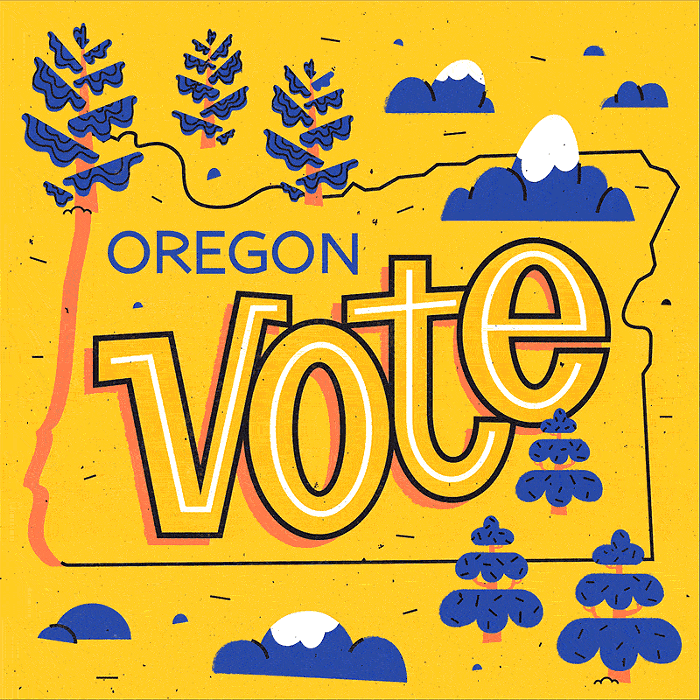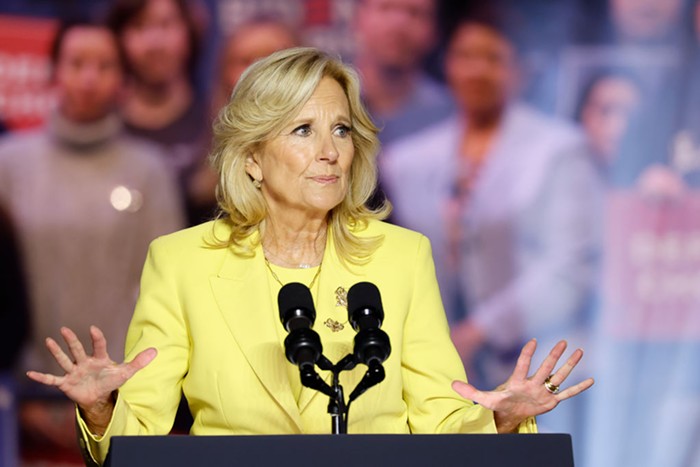TBA's visual installations are on display at Washington High School, 531 SE 14th, opening reception Thurs Sept 3, 8-10:30 pm; gallery hours daily Sept 4-13, noon-6:30 pm; and Thurs-Fri noon-6:30 pm, Sat-Sun noon-4 pm, Sept 17-Oct 18, free
IN PAST YEARS, the TBA Festival has been criticized for its inaccessibility—for showcasing works that relied heavily on conceptual elements. While there's nothing wrong with conceptual art, it occasionally neglects the visual experience—the part of the exchange that inspires a viewer to engage with the concept. In short, the work must create a point of access before it can communicate a concept, and there are several exhibits in this year's programming which promise to do just that.
Stephen Slappe, instructor in intermedia at the Pacific Northwest College of Art, is a multidisciplinary artist who clearly relates his concept to an accessible product. Slappe says he'll explore "contemporary cultural indoctrination" in We Are Legion, a web-based photo exhibit of children in Halloween costumes. Not only are Halloween costumes strong visual evidence of cultural indoctrination, but Slappe will use one of our society's most prevalent modes of cultural dissemination—the internet—to share these evidences. Slappe says that while the project is web based, "There will be a scanning station set up at Washington High School where people can bring in original photos to be scanned and added to the website." Slappe takes accessibility seriously, inviting anyone and everyone to submit photos online at welcometothelegion.org.
Winnipeg's Daniel Barrow has also created a piece that promises high accessibility, titled Every Time I See Your Picture I Cry, which recounts a trash collector's mission "to create an independent phone book." Barrow describes Every Time—which he creates live on an overhead projector—as a "'manual animation,' a hybrid of a cartoon [and] graphic novel [with a strong] relationship to Victorian 'magic lantern' moving picture shows." Barrow summarizes the plot: "In the late hours of the night, [the protagonist] sifts through garbage, collecting personal information, and then traces a portrait of each citizen through the windows of their homes as they sleep. A deranged killer is trailing him, murdering each citizen he includes in his book, thus rendering his cataloguing efforts obsolete."
While Barrow declined comment on the conceptual intent of Every Time, the plot can be taken as a statement on making art, how in recording an object its relationship with the artist becomes irrevocably changed, deadened in its laborious reproduction. Barrow will also present a video collection of public access television from Manitoba, Winnipeg Babysitter, which he says "describes the various and outrageous biographies of local television producers and personalities." (Washington High School, Thurs Sept 10, 10:30 pm, $8-10)
Where Barrow avoids explaining his concepts and symbols, others do so prolifically. One such artist is New York's Fawn Krieger, who says she'll explore themes of "domestic movement" in her sculptural installation National Park. "I am building a national park as stage-set," says Krieger—one that gallerygoers will be able to walk into and move around in. While Krieger asserts that "trust" is her medium, she'll be using the more literal supplies of "wood, concrete, felt, fabric, tar, and foam" to construct her national park, which was inspired by a road trip she took with her family in 1984.
Krieger says National Park will inform "domestic movement" by approaching the installation "from the place of physically moving through our own country... looking into the more psychological layers of where shifts—personal, social, political movement—begin... in home spaces. I'm also thinking a lot about the history of national parks as a stage for consumption (tourism), and a promoter of nationalist ideologies (war)." Krieger takes a shotgun approach, listing many potential symbolic values, guaranteeing that one will stick to her recreated landscape. Conceptual confusion aside, National Park sounds like it'll be fully engaging, likely to create the intrigue needed for the exploration of her many symbolic intentions.
While these artists achieve varying degrees of clarity in explaining their conceptual goals, all three guarantee intriguing entry points into their work, promising TBA attendees accessible (and rewarding) experiences.













